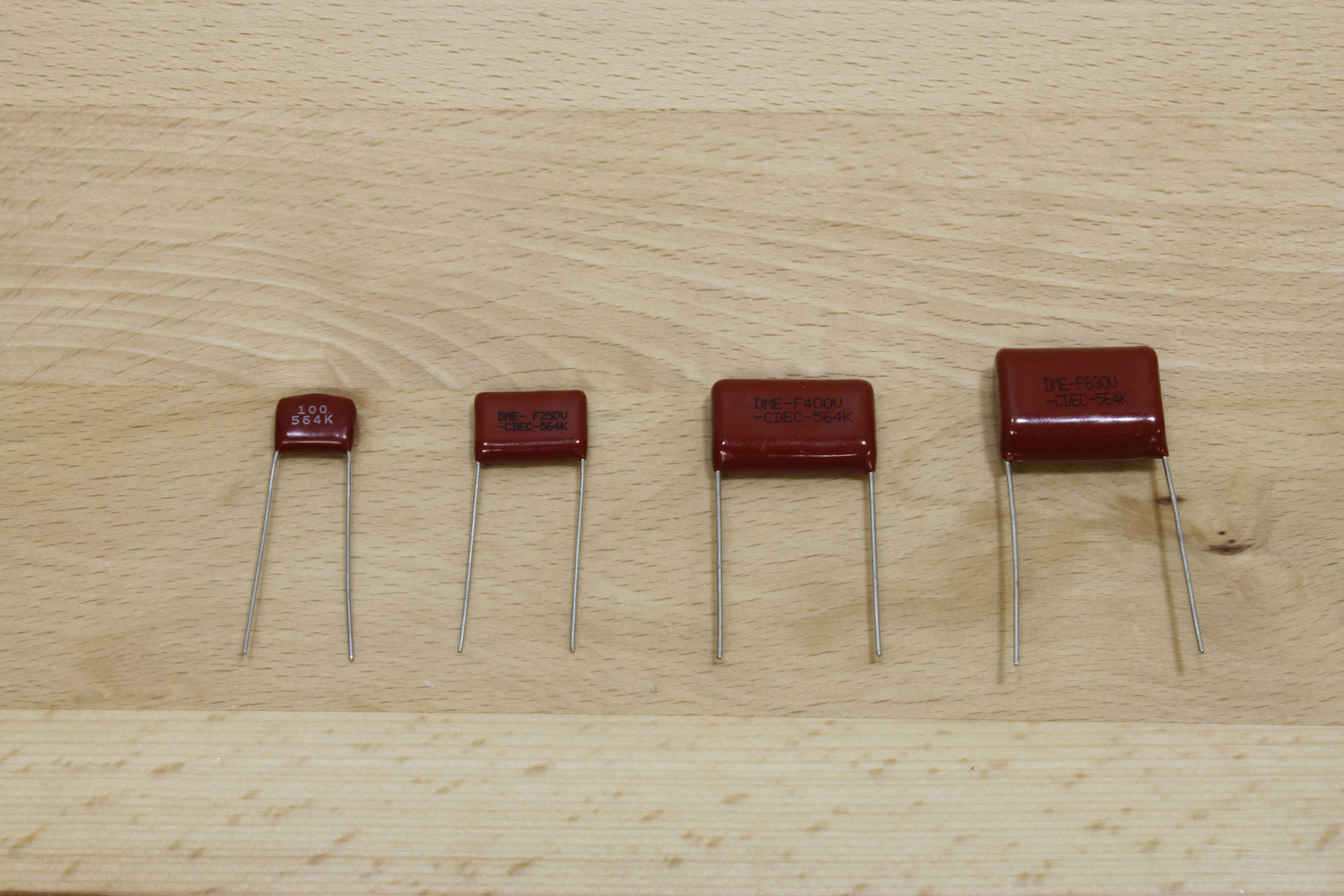Induction Suppression Capacitor
Highlights
- Required for Handling Inductive Loads
- Use with Motors, Solenoids, Transformers, Valves
- Capacitor Absorbs the High Voltages
- Increase Lifespan of Relay
- Stops Interference of Microprocessor Logic
- Easy to Install
- Use with AC or DC Applications
- Use in High-Voltage Applications
Perhaps the most overlooked aspect of relay control is proper handling of inductive loads. Inductive loads can best be defined as anything with a magnetic coil, such as a motor, solenoid, or a transformer. Controlling a inductive load using our relay controllers requires the use of induction suppression capacitors. The purpose of this capacitor is to absorb the high voltages generated by inductive loads, blocking them from the contacts of the relay. Without this capacitor, the lifespan of the relay will be greatly reduced. Induction can be so severe that it electrically interferes with the microprocessor logic of our controllers, causing relay banks to shut themselves down unexpectedly. Induction suppression capacitors have proven themselves to be beneficial in all applications when switching 12V or more.
Choosing a Capacitor:
Capacitors should be chosen based on your absolute maximum spike voltage. For instance, a 120VAC motor can easily produce 250V spikes. Therefore, the voltage of the capacitor should be no less than 250V. If you are unsure, the largest capacitors we offer will always yield the longest lifespan.


